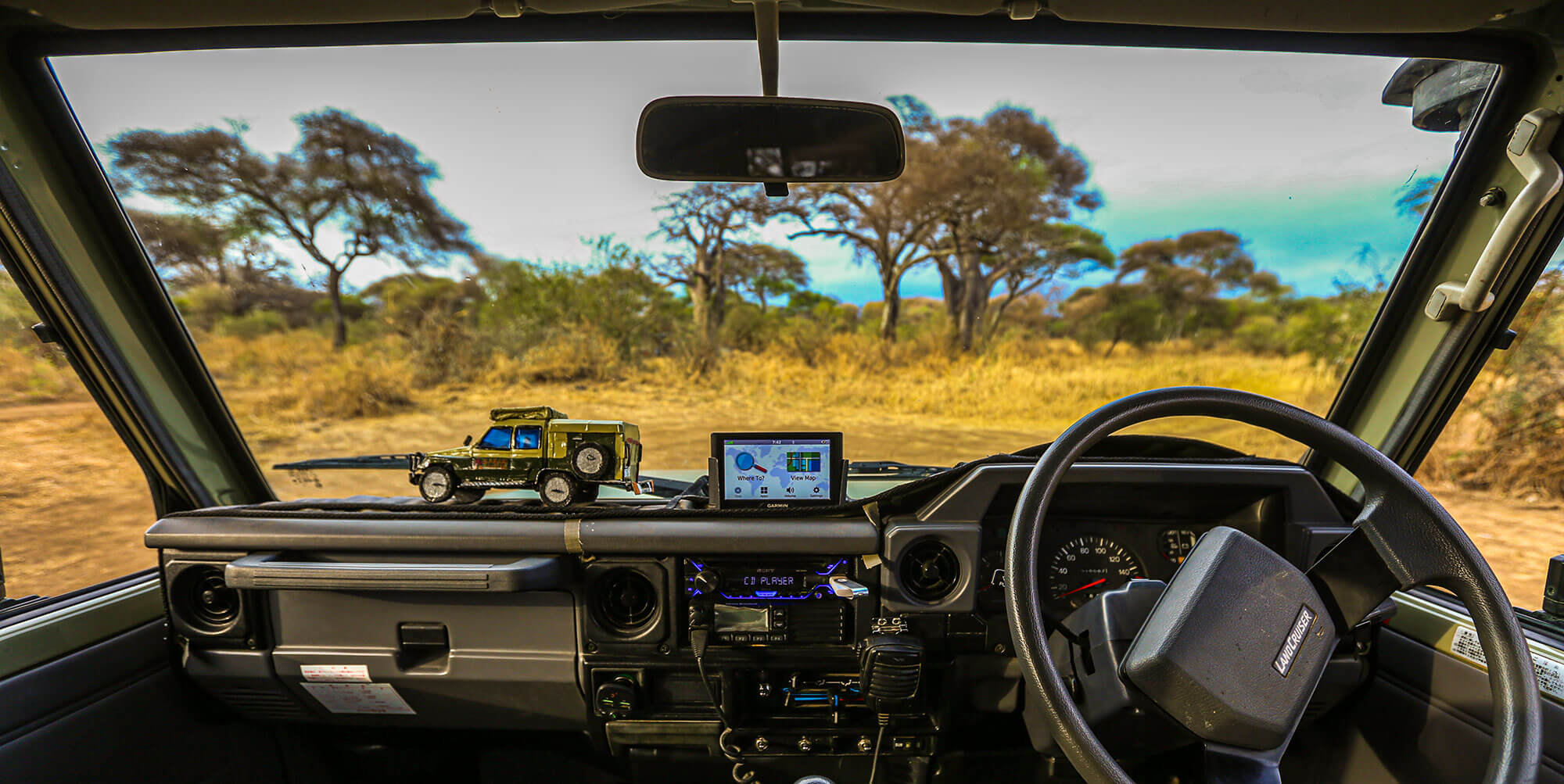
Is It Possible to Do Self-Drive Safari in Kenya?
Is It Possible to Do a Self-Drive Safari in Kenya?
Absolutely Yes!
Kenya, known for its breathtaking landscapes and abundant wildlife, is a top destination for safari enthusiasts. While many travelers opt for guided tours, self-drive safaris are becoming an increasingly popular way to explore the country’s diverse national parks and scenic highways. With bases in Nairobi and Arusha, we provides well-equipped 4×4 vehicles for adventurous travelers who wish to embark on a self-drive experience. But is it possible, and more importantly, is it advisable? Here’s everything you need to know about self-driving in Kenya.
Kenyan Roads & Highways: What to Expect
Kenya has a mix of well-maintained highways and rugged off-road trails, making route planning essential for a successful self-drive safari.
- Main Highways: Kenya’s major roads, including the Nairobi-Mombasa Highway (A109) and the Nairobi-Nakuru Highway (A104), are generally in good condition and easy to navigate. However, they can be busy with trucks and matatus (public minibuses), so caution is necessary.
- Off-Road Trails: Accessing national parks and remote areas often requires driving on dirt roads, which can become muddy and impassable during the rainy season (March-May and November-December).
- Road Safety: Kenyan driving rules follow a left-hand drive system. Speed limits vary but are generally 50 km/h in towns and 100 km/h on highways. Speed bumps and police checkpoints are common.
Self-Driving to Attractions & National Parks
Kenya offers numerous national parks and scenic destinations that can be accessed via self-drive. Some of the most popular ones include:
- Maasai Mara National Reserve: While self-driving is allowed, it’s important to note that private self-drive vehicles are not permitted in some conservancies and concessions surrounding the reserve. Entry requires a 4×4 vehicle due to the rough terrain.
- Amboseli National Park: Famous for its views of Mount Kilimanjaro, Amboseli is accessible via a well-maintained road from Nairobi.
- Tsavo East & Tsavo West National Parks: These vast parks offer spectacular scenery and excellent game viewing, but distances between attractions are long, so proper fuel planning is crucial.
- Lake Naivasha & Hell’s Gate National Park: A popular weekend getaway from Nairobi, these locations allow for walking and cycling safaris, making them ideal for self-drivers.
- Samburu National Reserve: This northern park offers unique wildlife species but requires careful planning due to long distances and limited facilities.
Best Practices for a Self-Drive Safari in Kenya
- Choose a Reliable 4×4 Vehicle: Given the rugged terrain, a well-equipped off-road vehicle is essential.
- Download Offline Maps: Google Maps and Maps.me are helpful, but a GPS device with offline functionality is advisable. All our vehicles are equipped with Track4Africa GPS maps.
- Carry Extra Fuel & Supplies: Some parks have limited fuel stations, so carrying extra fuel, water, and snacks is recommended.
- Respect Wildlife & Park Rules: Keep a safe distance from animals and avoid off-road driving unless permitted. Maximum driving speed in the park is limited to 50kph.
- Be Aware of Park Fees: Entry fees vary by park, some accept only cash while others are payable via cashless transactions (Mpesa, credit cards).
Restrictions & Considerations
- Limited Access in Some Conservancies: Many private conservancies, especially in the Maasai Mara region, do not allow self-drive vehicles. Entry is restricted to vehicles operated by approved tour operators.
- Night Driving Prohibited: Most national parks and reserves do not allow self-driving after sunset for safety reasons.
- Border Crossings: If planning to drive between Kenya and Tanzania, ensure the vehicle has the necessary permits and insurance.
Essential Items for a Self-Drive Safari
- A 4×4 vehicle with high ground clearance. Land Rovers, Land Cruisers and Hiluxes are best for these adventures.
- A comprehensive first-aid kit
- Extra fuel and spare tires
- A satellite phone or radio communication (for remote areas)
- A cooler with water and food supplies
- Binoculars and a good camera for wildlife photography
- A valid driver’s license and the necessary park permits
Final Thoughts
A self-drive safari in Kenya is very possible and rewarding, offering freedom and flexibility for those who love adventure. However, preparation is key—having the right vehicle, understanding road conditions, and knowing park restrictions will ensure a smooth experience. Safari Masters provides well-equipped 4x4s with GPS and all the necessary support to make your journey safe and enjoyable. Whether you’re exploring the vast plains of the Mara, the dusty roads of Tsavo, or the scenic Rift Valley, a self-drive safari promises an unforgettable African adventure.
Need help planning your self-drive safari? Contact Safari Masters for expert advice and well-equipped vehicles for your journey!
